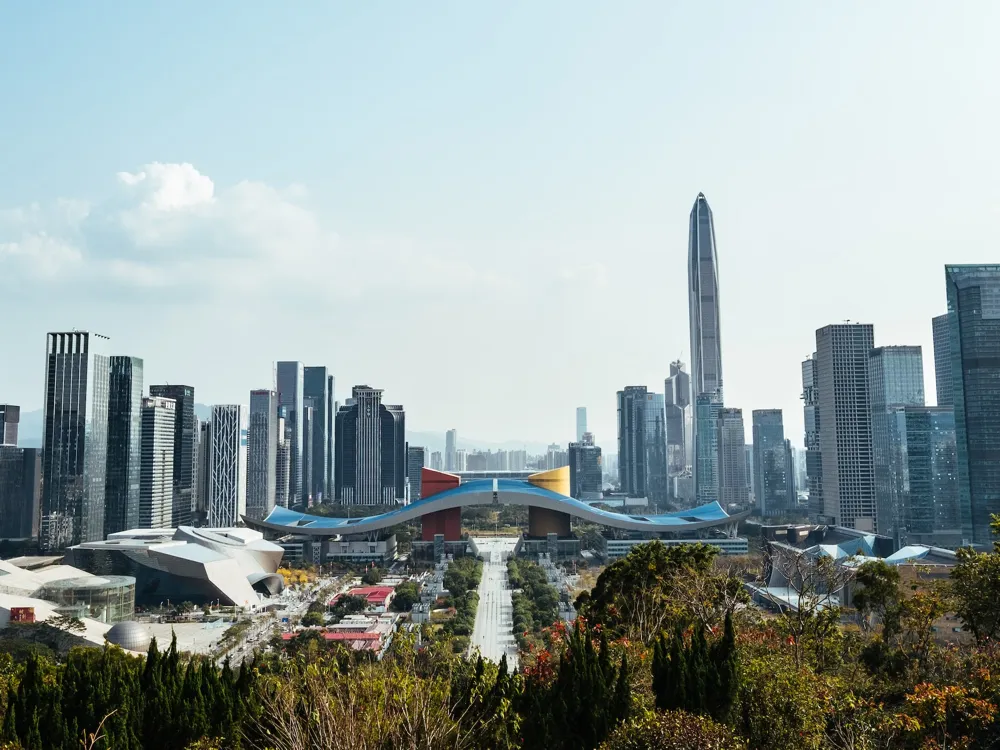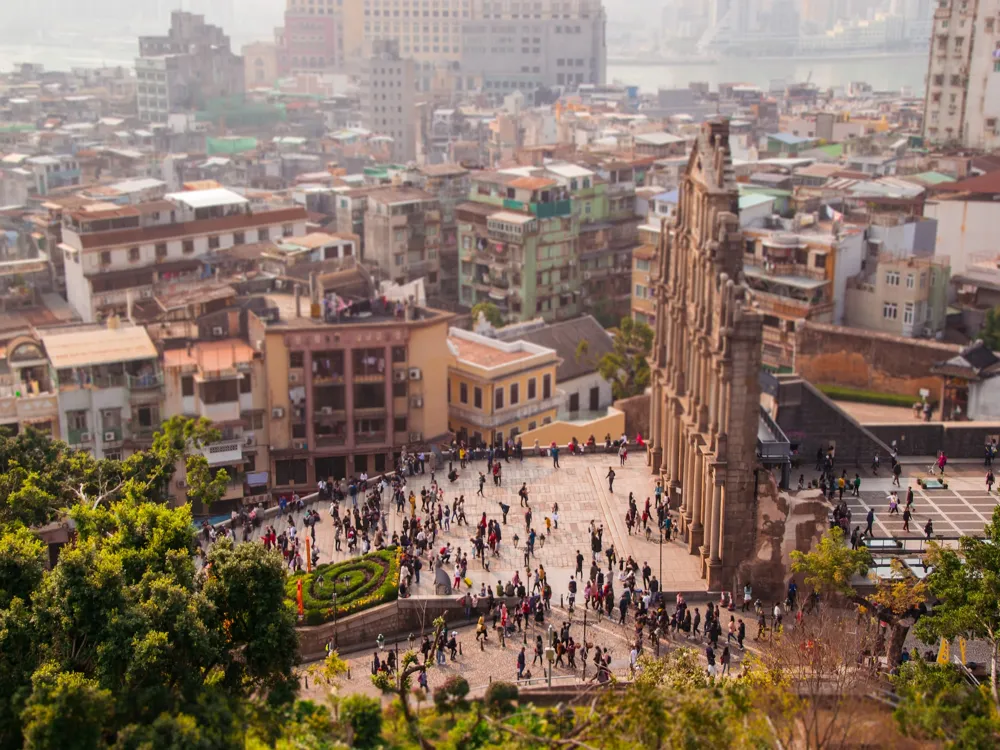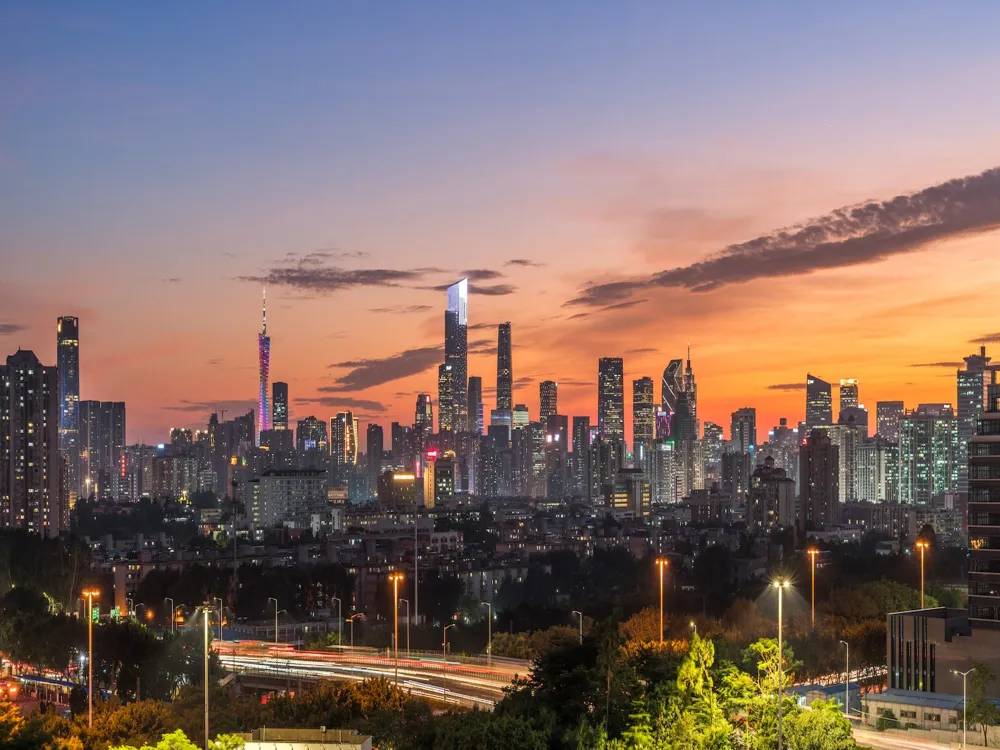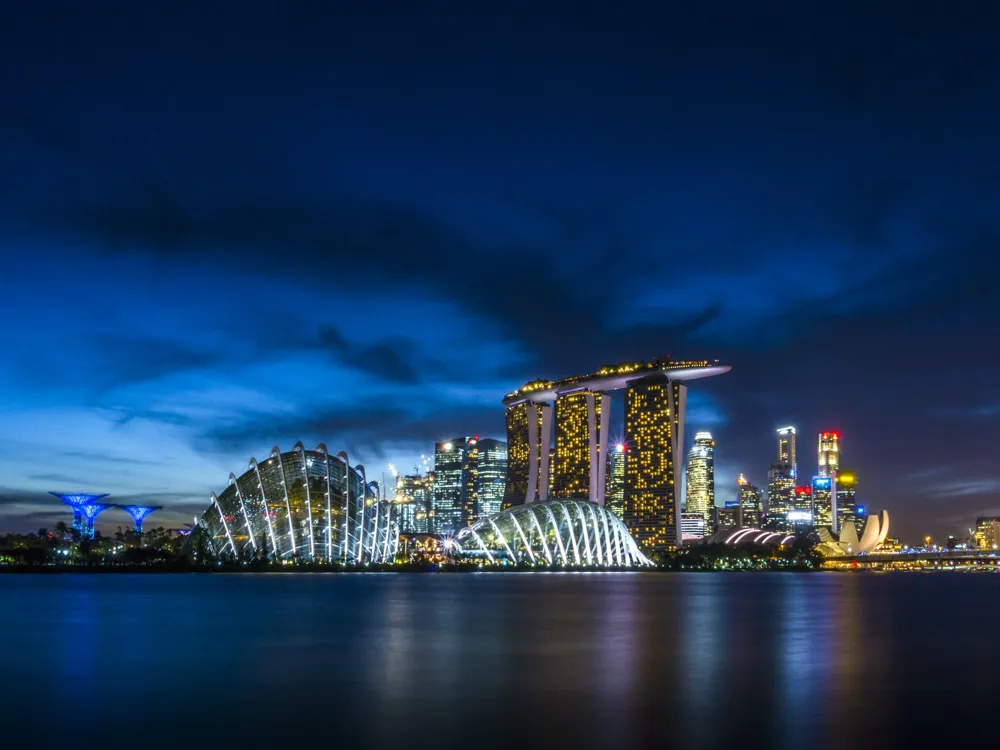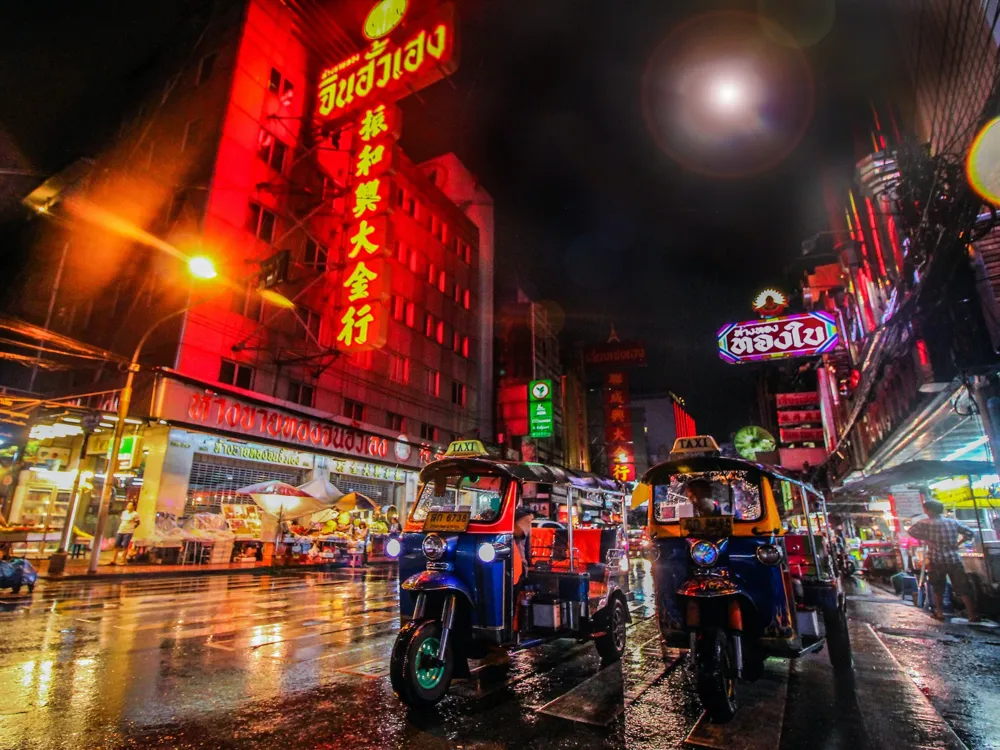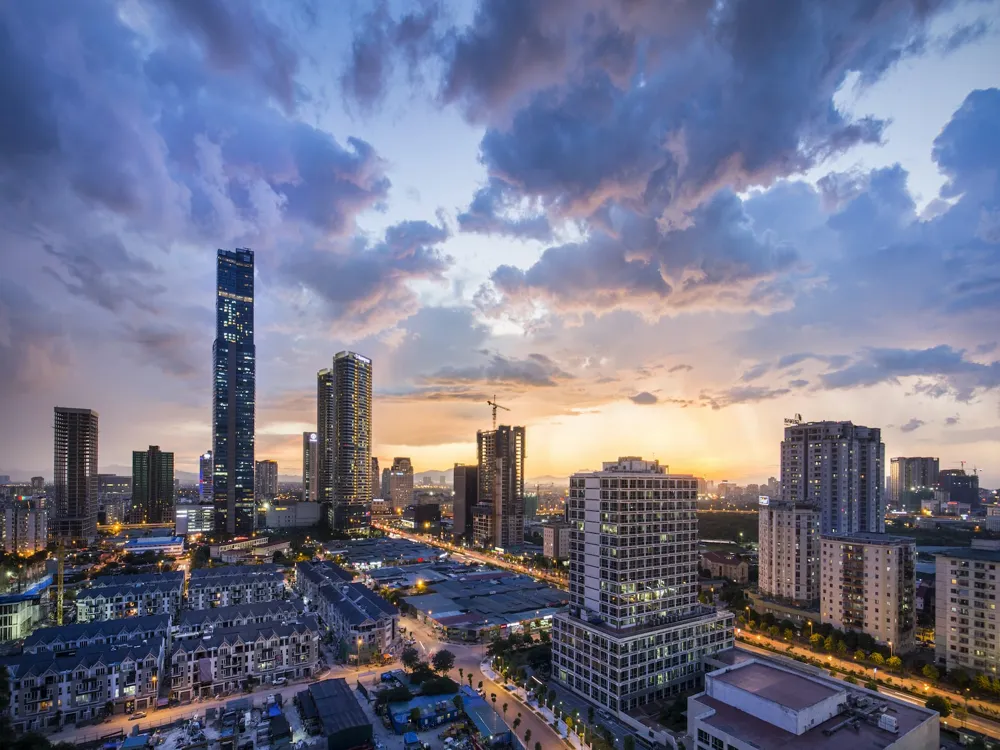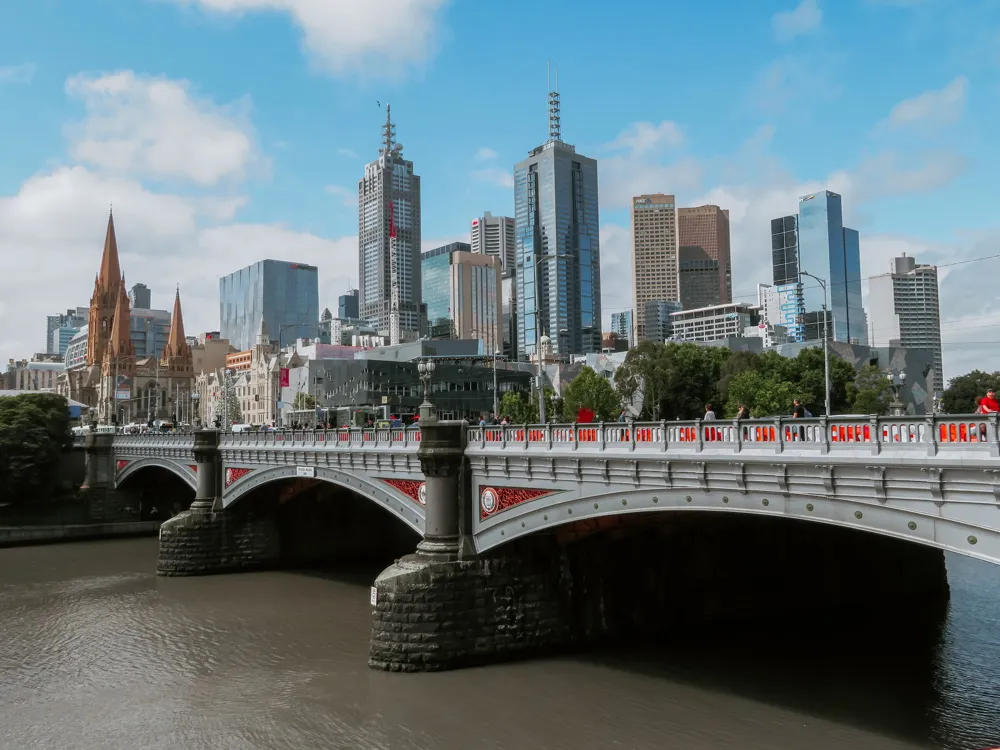Hong Kong Stadium, a beacon of modern architecture and sports enthusiasm in Hong Kong, stands as a monumental structure in the city's So Kon Po area. Originally built in 1953 and extensively renovated in the 1990s, the stadium has evolved into a world-class facility. Its current structure, with a seating capacity of 40,000, makes it the largest outdoor sports venue in Hong Kong. This iconic stadium is not only a hub for sports events, particularly rugby and football but also a versatile venue for large-scale entertainment events such as concerts. The stadium's history is rich and intertwined with Hong Kong's colonial past and subsequent development. Originally named the Government Stadium, it has been a focal point for major sports events in the region, including the renowned Hong Kong Sevens rugby tournament. The redevelopment in the 1990s, under the British architecture firm HOK Sport, now known as Populous, transformed it into a contemporary architectural marvel. This transformation was not just physical but also symbolic, marking Hong Kong's rapid modernization and global integration in the late 20th century. The design of Hong Kong Stadium is a testament to modern architectural ingenuity. The distinctive roof, shaped like a bird's wing, is not only aesthetically striking but also functional, providing shelter to a majority of the seating areas. The use of natural light, efficient crowd management designs, and state-of-the-art facilities all contribute to an enhanced spectator experience. The stadium’s location, nestled against the backdrop of lush hills, offers an urban oasis, making it a unique landmark in Hong Kong. Beyond its architectural and sporting significance, Hong Kong Stadium plays a crucial role in the cultural and social landscape of the city. It has hosted numerous cultural events, concerts, and international sports tournaments, attracting visitors from around the world. Its presence has spurred development in the surrounding areas, contributing to Hong Kong's reputation as a vibrant, global city. The stadium is not just a place for sports and entertainment but a symbol of Hong Kong's dynamism and its enduring spirit. The architecture of Hong Kong Stadium is a remarkable blend of functionality and aesthetic appeal, symbolizing Hong Kong's modernity and its global stature. Designed by the renowned architectural firm HOK Sport (now Populous), the stadium's renovation in the 1990s transformed it into an architectural icon. Its design reflects a deep understanding of the local culture, climatic conditions, and the functional requirements of a multi-purpose sports venue. One of the most striking features of the stadium is its grand, sweeping roof. Resembling a bird's wing, the roof is an engineering marvel, designed to provide cover to over 70% of the seats, protecting spectators from the city's unpredictable weather while allowing sufficient natural light. This design not only enhances spectator comfort but also contributes to the stadium's distinct visual identity. The use of advanced construction techniques and materials is evident throughout the stadium. The seating bowl, designed for optimal sightlines, ensures an unobstructed view from every seat, making it a favorite among sports fans. Acoustic design was also a significant consideration, enhancing the stadium's ability to host concerts and other entertainment events. The careful integration of sound systems and the design of the roof contribute to excellent sound quality within the stadium. Sustainability and environmental friendliness were key considerations in the stadium's design. Energy-efficient lighting, water conservation systems, and the use of eco-friendly materials underscore the stadium's commitment to environmental stewardship. The landscaping around the stadium, with lush greenery and public spaces, blends seamlessly with the urban environment, creating a tranquil retreat in the heart of the city. The Hong Kong Stadium's architecture is not only a representation of Hong Kong's identity but also a benchmark in stadium design globally. It reflects the fusion of tradition and modernity, a characteristic feature of Hong Kong's urban landscape. The stadium stands as a testament to the city's architectural innovation, its love for sports, and its status as a cosmopolitan metropolis. When planning to visit Hong Kong Stadium, it's advisable to check the event schedule in advance and book tickets early, especially for popular events like the Hong Kong Sevens. Consider the weather, as Hong Kong can be hot and humid, and some events may be outdoors. Bringing sunscreen, hats, or rain gear, depending on the season, is recommended. The stadium is well-connected by public transport. The most convenient way to reach it is by MTR (Mass Transit Railway), with the nearest station being Causeway Bay. From there, it's a short walk or a quick bus ride to the stadium. Taxis and ride-sharing services are also readily available. Remember that parking is limited, so public transport is often the best option. Inside the stadium, it's important to be mindful of the seating arrangements and follow the instructions of the event staff. Enjoy the event, but be considerate of other spectators. It's also a good idea to stay hydrated, especially during hot days, and make use of the food and beverage facilities inside the stadium. Hong Kong Stadium is equipped with facilities for differently-abled individuals, including accessible seating and restrooms. If you have specific needs, contacting the stadium in advance to arrange accommodations is recommended. Also, make sure to check the stadium's policy on items that can be brought inside. The area around Hong Kong Stadium is worth exploring, with a variety of dining and shopping options in nearby Causeway Bay. The Hong Kong Central Library and Victoria Park are also in the vicinity, offering cultural and leisure experiences. Reaching Hong Kong Stadium is convenient, thanks to Hong Kong's efficient public transport system. The most popular and convenient way is via the MTR, with the nearest station being Causeway Bay on the Island Line. From the station, it's a mere 15-minute walk to the stadium. Alternatively, numerous bus routes serve the area around the stadium, making it accessible from different parts of the city. For those preferring a more direct route, taxis and ride-sharing services are widely available in Hong Kong. While this option offers door-to-door service, it's important to consider the traffic conditions, especially during major events. Lastly, while there is limited parking available at the stadium, it's generally recommended to use public transport due to the high demand and limited spaces. Read More:Overview of Hong Kong Stadium
Architecture of Hong Kong Stadium
Tips When Visiting Hong Kong Stadium
Planning Your Visit
Transportation and Access
During the Event
Accessibility and Facilities
Exploring the Surrounding Area
How To Reach Hong Kong Stadium
Hong Kong Stadium
Hong Kong
NaN onwards
View hong-kong Packages
Hong-kong Travel Packages
View All Packages For Hong-kong
Top Hotel Collections for Hong-kong

Private Pool

Luxury Hotels

5-Star Hotels

Pet Friendly
Top Hotels Near Hong-kong
Other Top Ranking Places In Hong-kong
View All Places To Visit In hong-kong
View hong-kong Packages
Hong-kong Travel Packages
View All Packages For Hong-kong
Top Hotel Collections for Hong-kong

Private Pool

Luxury Hotels

5-Star Hotels

Pet Friendly











